Overview of lung cancer
An uncontrolled growth of abnormal cells that originates in one or both lungs is termed as lung cancer. It is important to note that the abnormal cells of cancer do not perform any function of normal lung cells and do not grow into healthy lung tissue. Lungs are organs of respiration that are situated in the chest. The lungs are of a sponge-like consistency and function by taking in oxygen during inhalation and releasing carbon dioxide during exhalation. The oxygen is delivered to the various organs via the bloodstream.
What are the types of lung cancer?
Lung cancer is classified into distinct types based on the appearance of the cancer cells under the microscope. Typing of lung cancer is important because the treatment is based on the type of cancer. The structure of the lungs is like a tree with branches known as bronchioles. The bronchioles end in the alveoli which are tiny balloon-like sacs in which the exchange of gases between the bloodstream and lung takes place. The alveoli are also glandular since they secrete mucus. Most cancers of the lung are adenocarcinomas, as they occur in the glandular structures in epithelial tissue. The types of lung cancer are:
- Small cell lung cancer: This type of cancer originates in the bronchi. It is aggressive as it grows quickly and rapidly spreads to the lymph nodes and other parts of the body. Usually attributed to tobacco smoking, this type of lung accounts for < 20% of all lung cancers. Depending on the kinds of cells found in cancer and their appearance under a microscope, small cell lung cancer is further subdivided into two types:
- Small cell carcinoma or oat-cell cancer
- Combined small cell carcinoma
Small cell lung cancer requires immediate treatment due to their aggressive nature.
- Non-small cell lung cancer: Any type of epithelial lung cancer that is not a small cell lung carcinoma is a non-small cell lung cancer (NSCLC). It is a broad term that includes many types of lung cancers that have similar behavior. Squamous cell carcinoma, adenocarcinoma, and large cell carcinoma are some of the NSCLC and they together account for 80% of all lung cancers.
- Bronchial Adenoma: It is a rare type of respiratory tract cancer that originates in the mucous glands and ducts of the bronchi or the lung airways, trachea, or the windpipe and the salivary glands. Even though the term “adenoma” is used for benign tumors, the bronchial adenoma is an exception because it can spread to the other parts of the body.
What is the staging of lung cancer?
Staging of lung cancer is done to express the extent or progression of the disease. It is done based on the medical history and the results of the diagnostic tests to develop an appropriate treatment plan by the oncologist.
Staging of small cell lung cancer: Small cell lung cancer stages is done as follows:
- Limited stage: As the name suggests, cancer in this stage is of a limited nature, mostly to one lung with or without the inclusion of the nearby lymph nodes.
- Extensive stage: As the name suggests, cancer in this stage spreads to the adjacent lung, the pleura i.e. the fluid around the lung or to the distant organs in the body.
Staging non-small cell lung cancer: Non-small cell lung cancer (NSCLC) staging is done in two ways namely the TNM system and the numbering stages:
- T (tumor): A description of the size of the original tumor.
- N (node): Describes the extent of cancer in the neighboring lymph nodes, whether present or not.
- M (metastasis): This describes the extent of the spread of cancer to the other distant parts of the body like the liver, bones, or brain.
In addition to the TNM grading, a number between 0 to 4 or the letter X is assigned to each stage. An increase in the number is indicative of the increasing severity of the disease. The letter X denotes inability to assess the exact severity. For example, a tumor with a T3 score will be considered as more severe as compared to a tumor with a T2 score. The number staging is as follows:
Occult-stage: Presence of cancer cells in sputum, but the imaging tests or bronchoscopy do not reveal the presence of the tumor or it may be too small to be determined.
- Stage 0: Also known as carcinoma in situ, cancer in this stage is small and localized to the area of origin. In this stage, there is no spread of cancer into deeper lung tissues or outside the lungs.
- Stage I: In this stage, cancer spreads into the underlying tissues of the lung, however, the lymph nodes stay unaffected.
- Stage II: In this stage, cancer spreads to nearby lymph nodes or into the chest wall.
- Stage III: In this stage, cancer spreads into the neighboring lung, lymph nodes, nearby structures and organs like heart, trachea, and esophagus.
- Stage IV: This is the most advanced form in which cancer spreads to the distant parts of the body such as the bones, liver, adrenal gland, kidneys, or brain. The condition is known as “metastasis”. It is estimated that 40% of persons with lung cancer are diagnosed in stage IV.
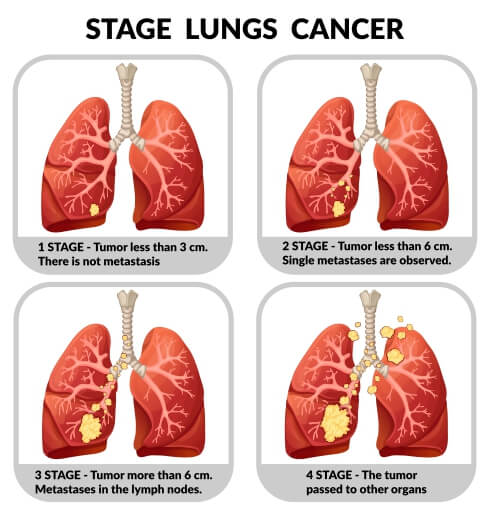
Patient Testimonials For Cancer

















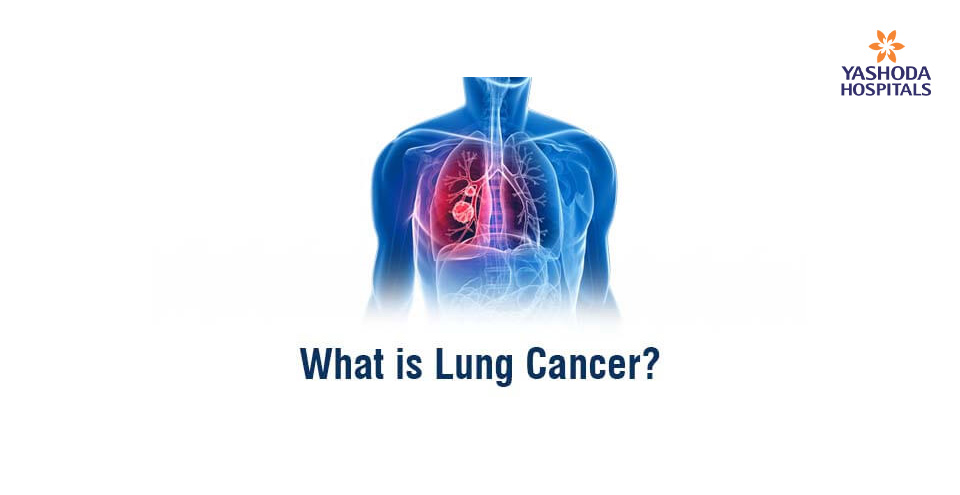



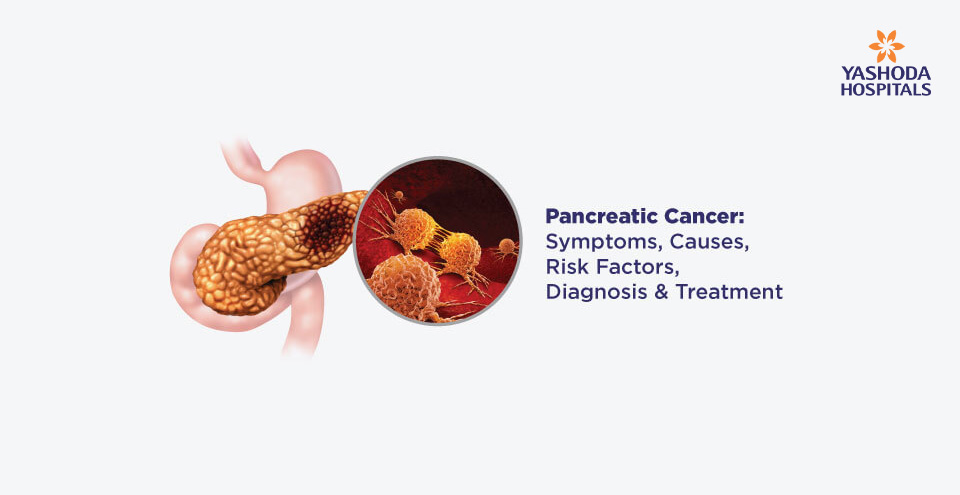




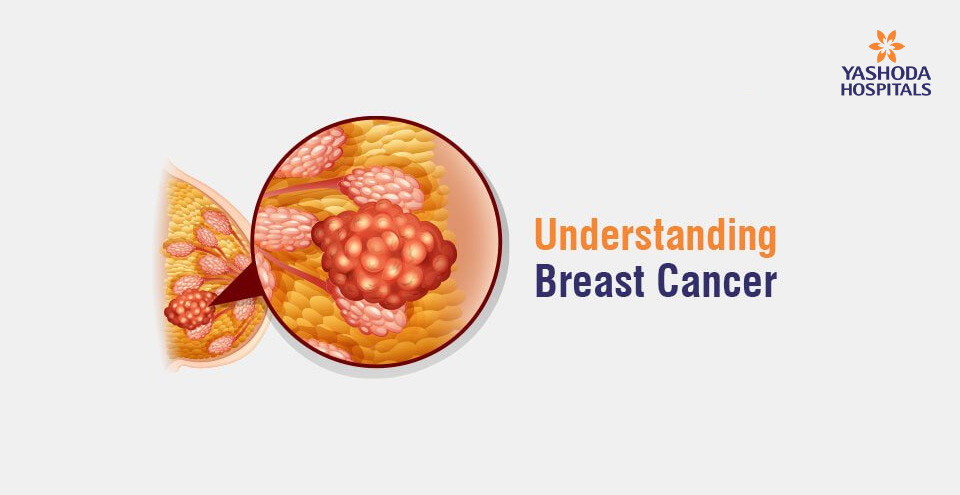












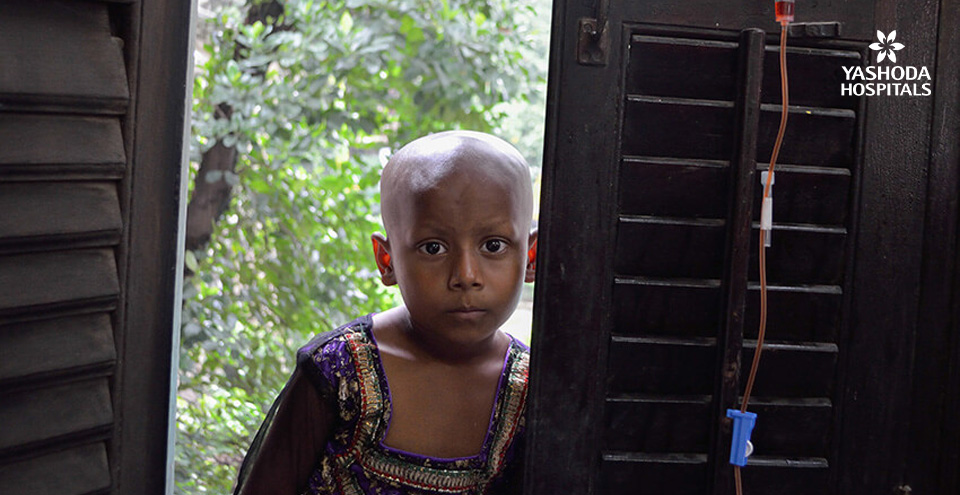

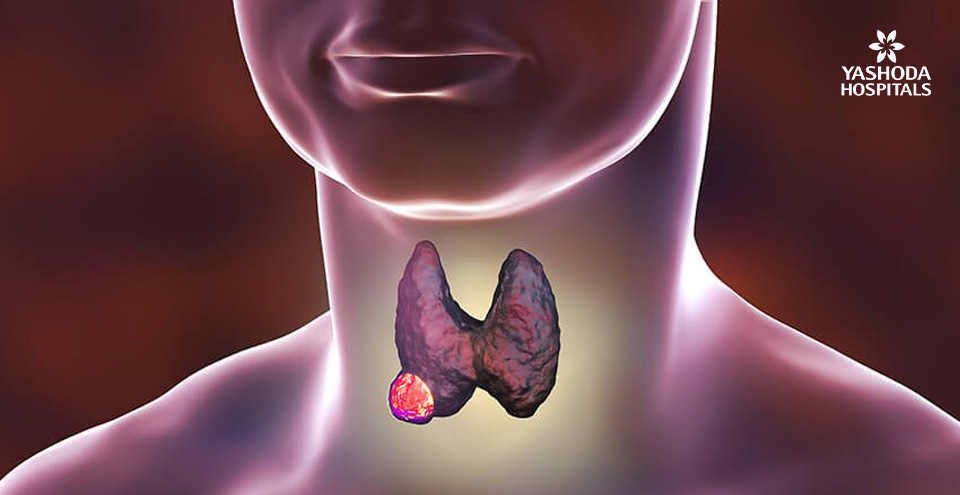


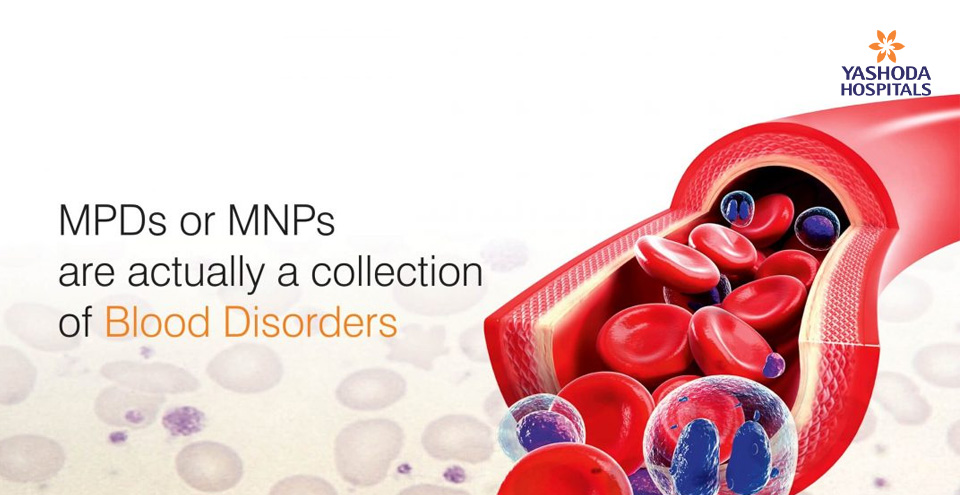

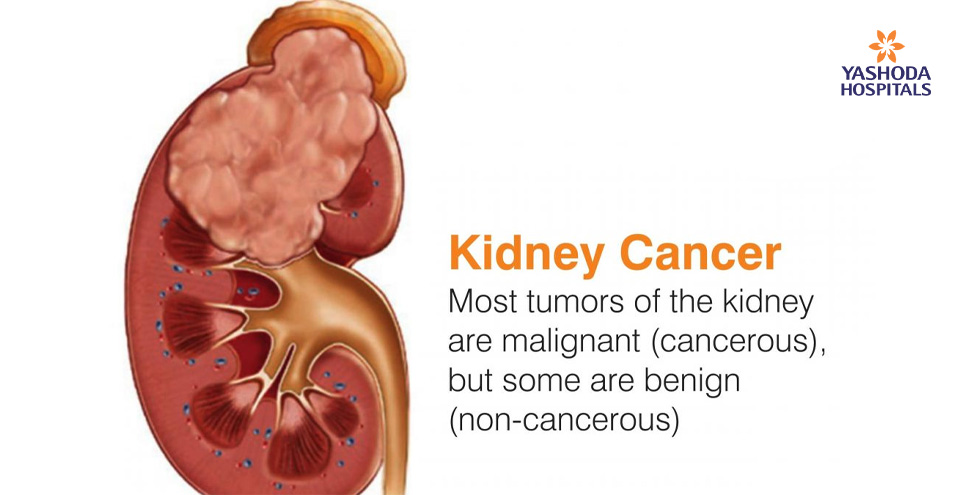





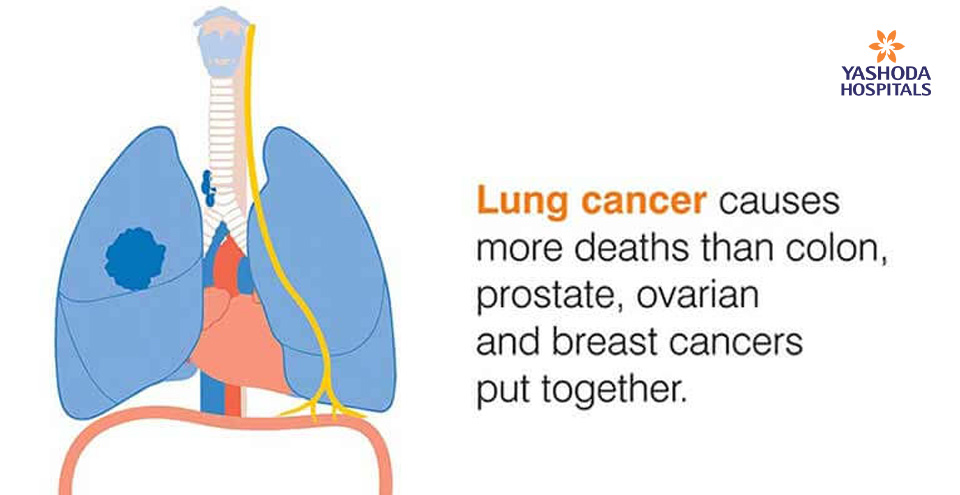


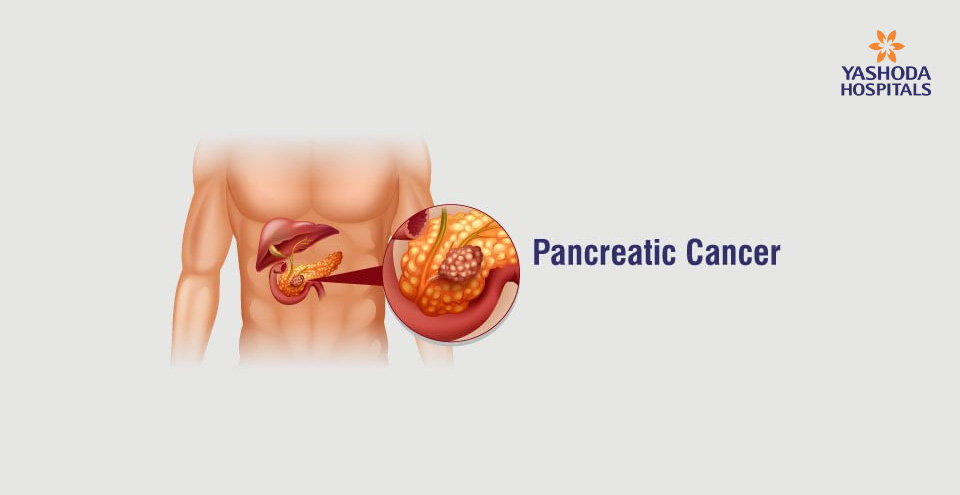


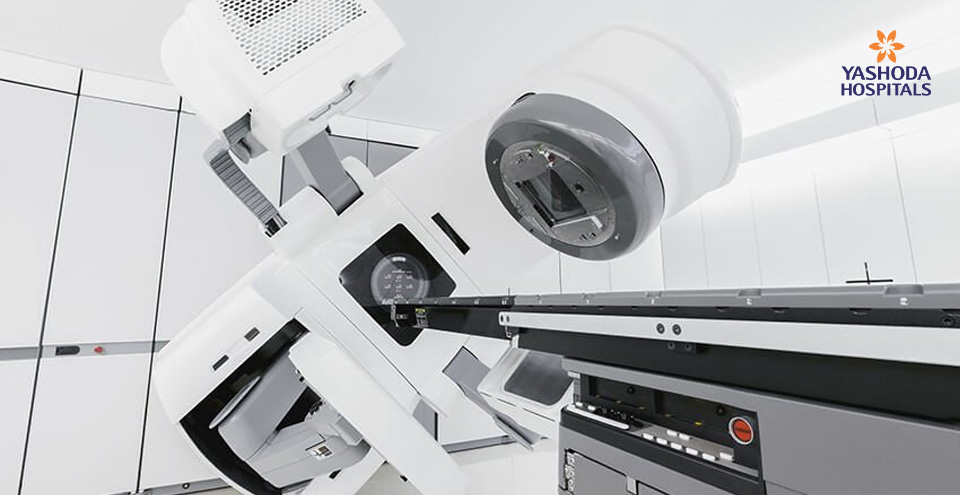
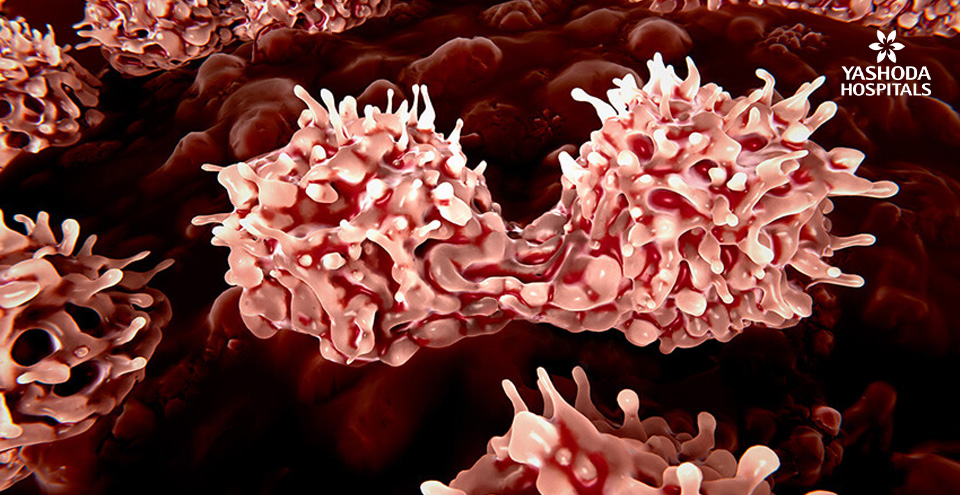

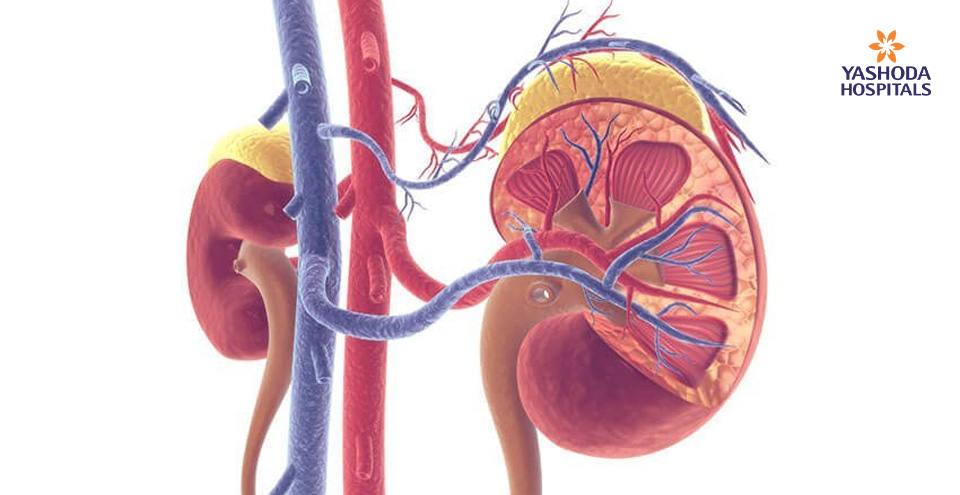
 Appointment
Appointment Second Opinion
Second Opinion WhatsApp
WhatsApp Call
Call More
More





